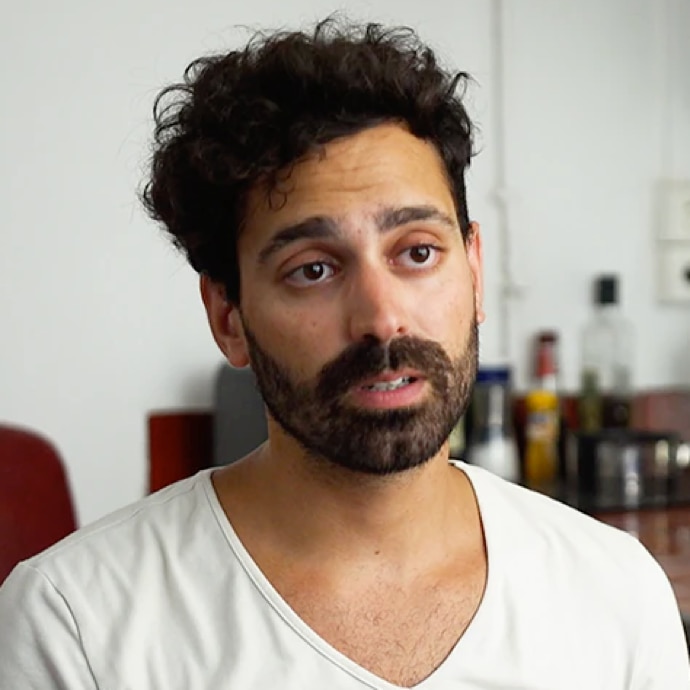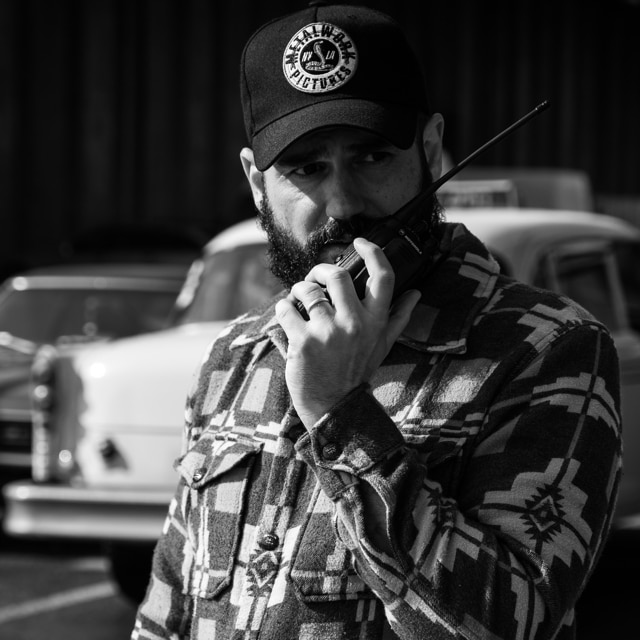Oscar-nominated ‘The Man Who Sold His Skin’ shot on VENICE
Interview with DoP Christopher Aoun, BVK
The Man Who Sold His Skin is the imaginative and moving story of a refugee who is turned into a living piece of art in order to start a new life. The film made its debut at the Venice film festival, where lead actor Yahya Mahayni won an award for best actor, and was also nominated for Best International Film Festival at the 93rd Academy Awards.
The film was written and directed by Kaouther Ben Hania, whose Beauty and the Dogs (2017) was also Oscar-nominated. Her latest script won best screenplay at the Stockholm Film Festival and its potential was immediately obvious to DoP Christopher Aoun – a rising star of cinematography who won the Jury Prize at the 2018 Cannes Film Festival.
“When I first read the script, I was just blown away from how brilliant the idea was,” says Aoun. “I had a talk with Kaouther, the director, and I took the project right away. I really liked the contrast between the Arab world and Europe.”
One of the main reasons I chose the VENICE was because of the colour reproduction that I would get, especially working with LED lights and going into dark blue and red tones that are very hard to get. I was very surprised working with those colours in post-production how much they could tweak them.
Light and reflections
A key goal of the movie was to visually explore the theme of identity and how people are defined, something which lent extra importance to the choice of camera. Aoun’s choice needed to deliver the look he wanted while also being reliable and practical to use due to the budget they had.
“I’ve tested many cameras and I really liked the skin tones of the Sony VENICE and the internal NDs that it had felt also very practical to just gain time on set.”
The Man Who Sold His Skin demanded working close to the actor to capture the Schengen visa tattoo that’s pivotal to the plot. VENICE’s CBK-3610XS extension kit, which allows the sensor head to be separated from the recording body, was a particular benefit for these intimate scenes.
“On The Man Who Sold His Skin, I needed to have a camera that is very compact and small because we worked a lot with the reflections. And the only way of getting to those reflections was to have a body that is very small because of the tight spaces we had the mirrors in.”
One of the movie’s most powerful scenes is where the lead character is exhibited in a Brussels museum.
“We wanted the space to feel very cold but also like a science fiction space that has nothing human at all. And we wanted to have that religious aspect. We couldn’t get that done via set design so we just decided to create the space with light beams… The idea was to put small mirrors in the space that is black, so that they disappear and you don’t know where they are, but shape the light and give the space that structure that feels weird when you’re in it because you don’t know what the light beams are and why they are changing.”
I've tested many cameras and I really liked the skin tones of the Sony VENICE and the internal NDs that it had felt very practical to just gain time on set.
As the camera moves around the museum, Aoun wanted to create the impression of each scene having a different look, as if looking at different pieces of art.
“I used filters that gave the film a specific look. I put two gradient filters from the top and bottom so actually the whole image is coloured except for the middle part. And it feels to me like an eye… as if you’re just closing your eyes a bit and it gives it something a bit analogue I felt.”
Looking back on The Man Who Sold His Skin and Capernaum (2018), both Oscar nominated films, Aoun is particularly pleased at how well they’ve resonated with audiences internationally.





